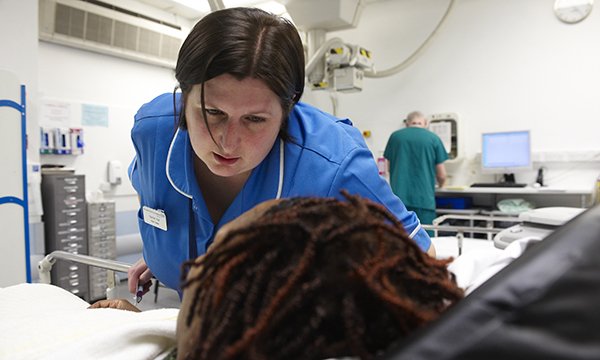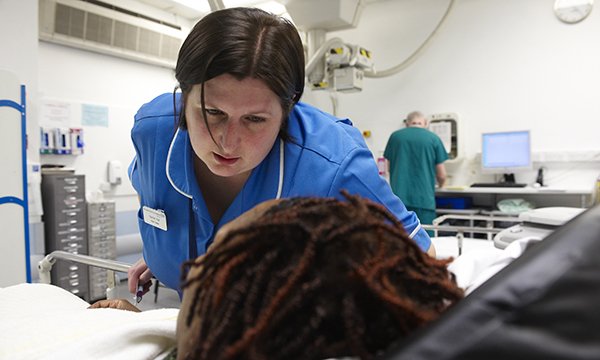We need better training to win the fight against sepsis

Patients and professionals must recognise the signs and symptoms of sepsis much more quickly.

Sepsis is an overwhelming and life-threatening response to infection that can lead to tissue damage, organ failure and even death.
The condition arises due to the immune system over-responding and affects about 123,000 people in England annually, according to NHS England.
The Sepsis Trust states that in more than 50% of cases, people with sepsis begin treatment at least 24 hours later than experts believe they should.
In its 2015 report Just Say Sepsis, the UK National Confidential Enquiry into Patient Outcome and Death says the commonest reason for such delays is failure to present to clinicians early enough.
Chair of the All-Party Parliamentary Group (APG) on Sepsis Cheryl Gillan MP said: ‘That 88% of NHS trusts across England do not have specific budgets for sepsis is extremely concerning, and shows that doctors and nurses on the front line are not being adequately supported to do their job’ (APG 2016).
Chief Executive of the UK Sepsis Trust Ron Daniels added: ‘We know that proper sepsis care can save the NHS around £160 million annually so putting aside a specific budget for trusts to address sepsis seems like common sense.’
Yet the condition is severely under-diagnosed, under-recorded and under-reported by NHS trusts, prompting the government to encourage greater awareness and introduce a national commissioning lever.
Lack of, and variation in, medical and nursing staff training in sepsis recognition is also a major concern.
These figures indicate that patients and emergency department (ED) professionals must recognise the signs and symptoms of sepsis, and seek goal-directed intervention, much more quickly.
In May this year, the World Health Assembly and the World Health Organization declared sepsis a global health priority.
This quantum leap in the fight against sepsis will be achieved by improving prevention, diagnosis and management.
The article by Tracy Wild in this issue considers how leadership and innovation can improve ED door-to-needle-time in cases of neutropenic sepsis, a potentially life-threatening condition arising from chemotherapy and characterised by rapid deterioration.
In such cases, urgent assessment and antibiotic therapy are required within one hour of arrival in the ED.
Where sepsis is swiftly diagnosed and treated, lives may be saved and health problems, such as amputation, prevented.
However, the critical link in preventing, recognising and treating sepsis is better training for all healthcare providers.
About the author

Tricia Scott is principal lecturer and emergency care research lead at the Centre for Research in Primary and Community Care, University of Hertfordshire, and consultant editor of Emergency Nurse
